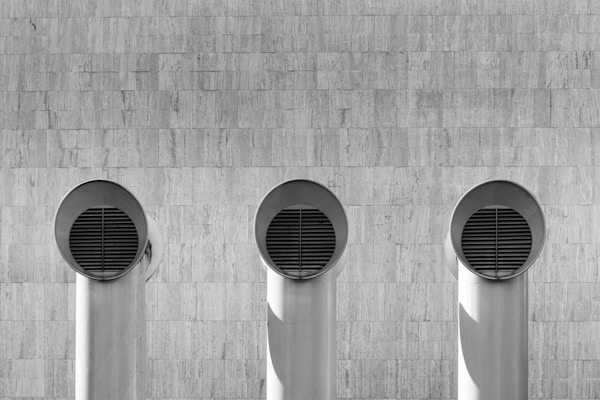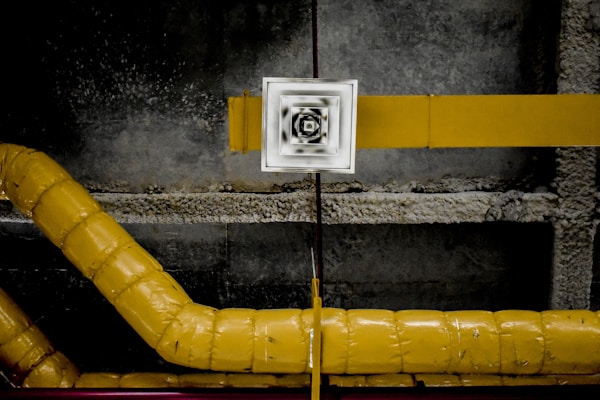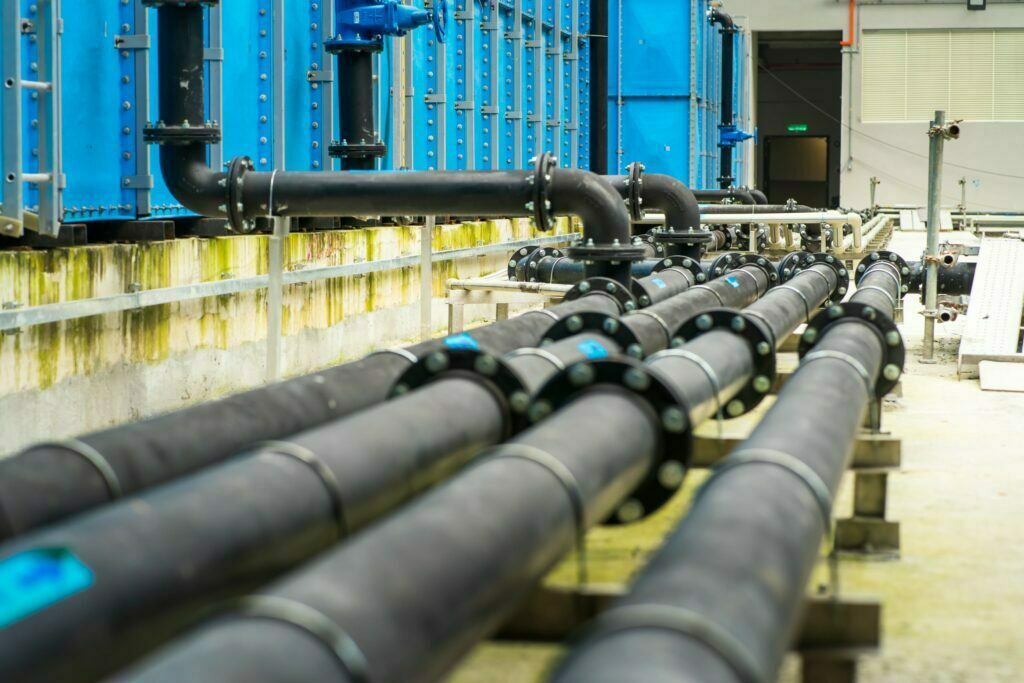The ducts in any home or building serve an important role in maintaining the temperature and air quality. To ensure these systems work properly, dampers are used to control airflow and pressure. There are several different types of dampers in ducts, and each has its own benefits. Keep reading to learn more about the different types of dampers and their benefits in ducts.
Butterfly Dampers

When it comes to air distribution systems, butterfly dampers are a critical component of efficient airflow inside the ducts. In essence, butterfly dampers are valves that control the flow of air through the ducts. They come in a variety of sizes and styles and can be used in residential, commercial, and industrial applications. When choosing a butterfly damper, it is important to consider the size of the ducts and the amount of airflow that needs to be controlled. The size of the damper should be based on the size of the ducts and the amount of airflow needed. The larger the ducts, the larger the damper should be. There are several advantages to using butterfly dampers. The most obvious advantage is that they are very efficient in controlling airflow. They offer a great deal of control over the amount of air flowing through the ducts. This can be especially beneficial in preventing the buildup of dust, allergens, and other airborne particles.
Slide Dampers
Slide dampers are one of the most important components of a duct system. They are used to regulate the flow of air through the ducts and to adjust the system’s pressure. Slide dampers are also used to control the temperature of the air coming through the ducts, as well as to provide ventilation. There are many benefits of using slide dampers in ducts. Slide dampers are easy to install and maintain, making them an ideal choice for those looking for a cost-effective solution to improve their duct system. They are also easy to adjust, allowing for a quick and simple way to regulate the airflow in a duct system. With proper installation, slide dampers can also make a duct system more energy efficient. This is because the dampers can help to reduce the amount of air that is lost through the ducts. By regulating the airflow, slide dampers can also help to keep the temperature consistent throughout the system, leading to further energy savings.
Opposed Blade Dampers

Opposed blade dampers are essentially two blades that are mounted on opposite sides of a duct. The blades are typically balanced, meaning that the blades will remain in the same position regardless of the direction of the airflow. This makes these dampers ideal for regulating airflow in both heating and cooling systems. One of the key advantages of opposed blade dampers is that they are able to provide greater control over the airflow in a duct system. By using two blades, the damper is able to maintain a more consistent airflow, as well as control the speed and direction of the air. This can be especially beneficial in larger systems, as the damper can help to limit the amount of air that is lost due to pressure changes. In addition to providing greater control over airflow, opposed blade dampers are also very efficient. Since they are balanced, they require less energy to operate than other types of dampers. This is one of the best ways for homeowners to reduce their energy costs.
Overall, dampers are essential components of duct systems, as they play a crucial role in controlling airflow, improving air quality, and providing energy efficiency. Different types of dampers offer distinct benefits in terms of resistance, noise reduction, and pressure drop, making them an invaluable part of any duct system.





